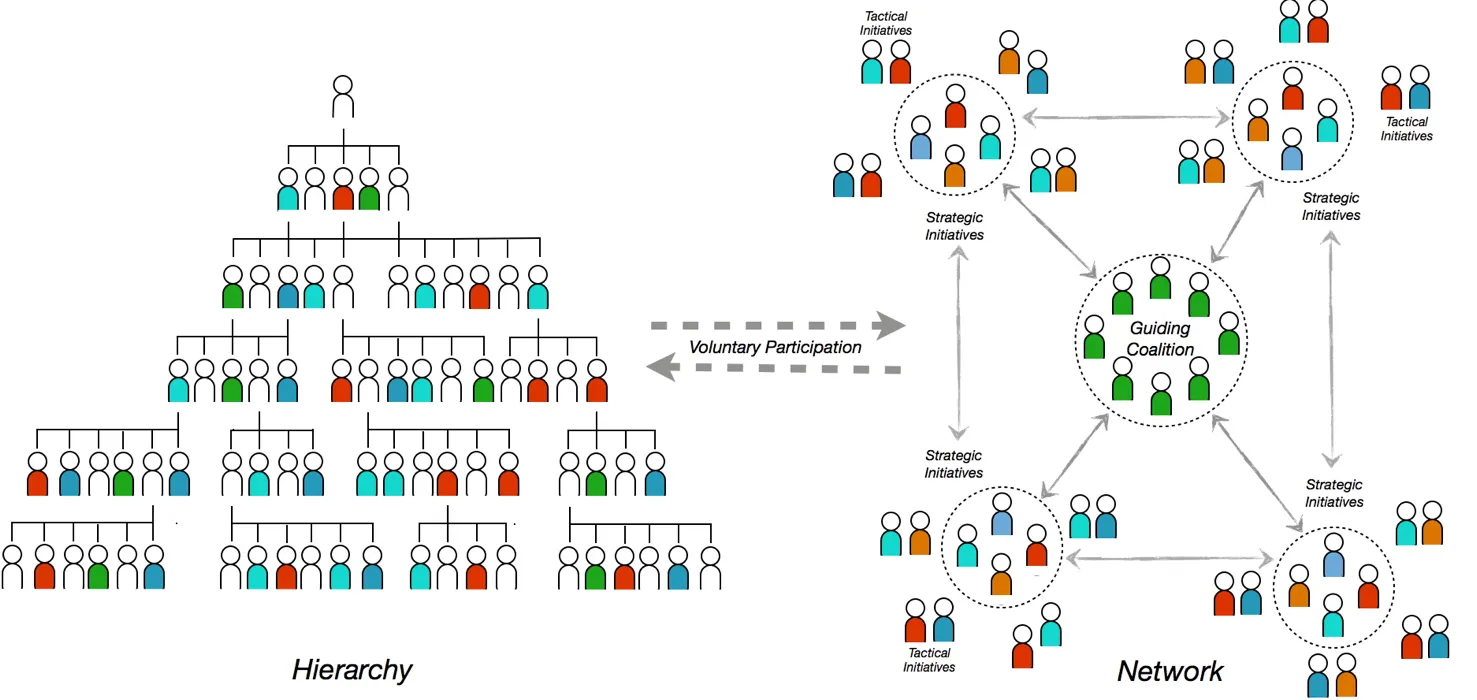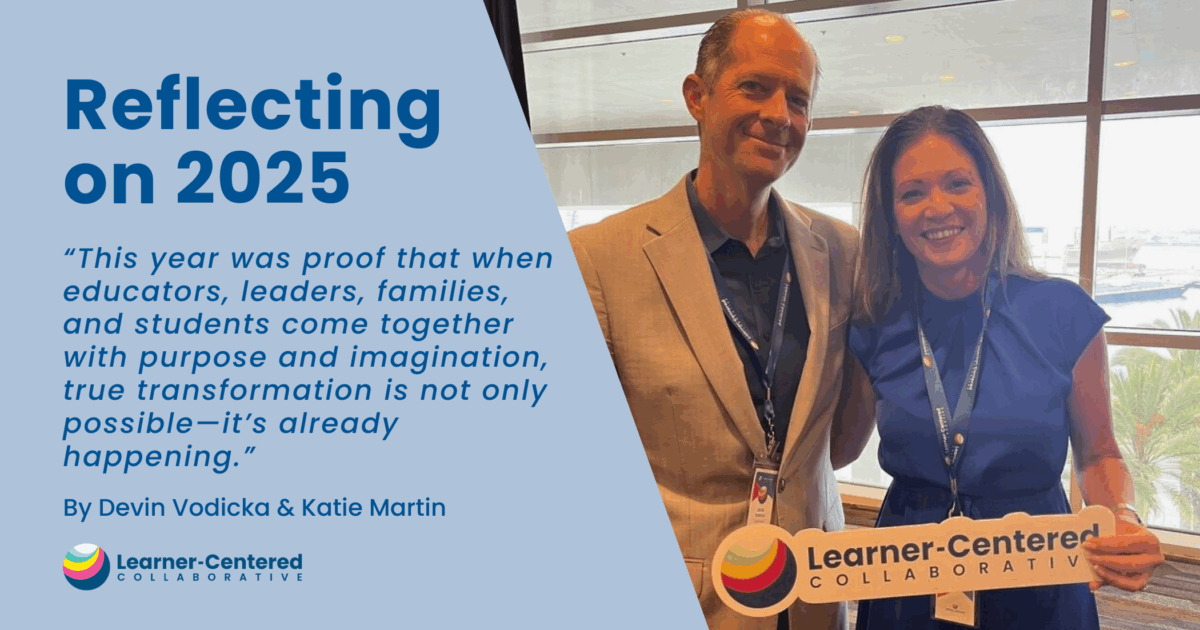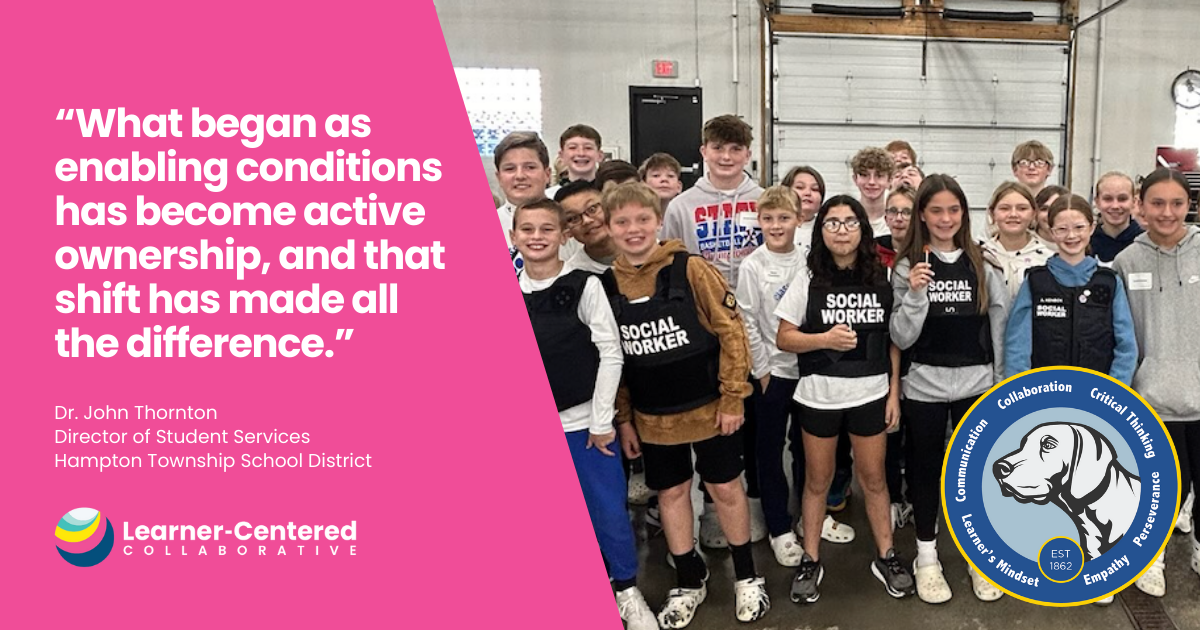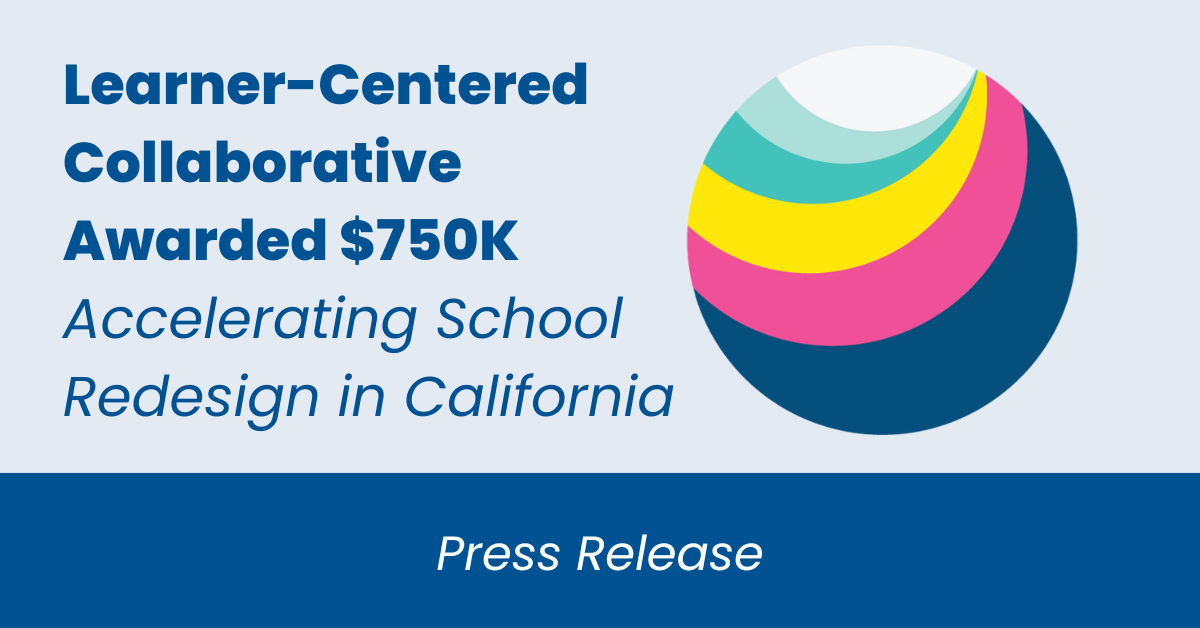Education Change Management: The Power of a Guiding Coalition

When I was a superintendent overseeing the implementation of learner-centered education across 30 schools, one of our biggest challenges wasn’t just the adoption of new practices—it was fundamentally transforming how we supported change. While I was initially resistant to adding more meetings to our already busy schedules, I could no longer deprioritize calls from staff that our existing structures weren’t cut out for the profound changes we were trying to make.
What we hoped could be accomplished in a few weeks was taking multiple months because we didn’t have the time and space to get aligned, learn from each other, and create the next best version of our work. This slower-than-desired pace compelled me to reconsider the need for new ways of coming together and how these spaces should be designed.

Inspired by John Kotter’s Dual Operating Systems, the concept of a guiding coalition became a cornerstone of our approach. This coalition served as a bridge between the traditional hierarchical structures and a more agile, network-driven model of operation. It was about creating a backbone for change, connecting the dots between varied initiatives and ensuring alignment with our overarching goals.
A guiding coalition should be as diverse as the community it serves, including students, parents, teachers, administrators, and community leaders. This inclusivity ensures that multiple perspectives are considered, enhancing the decision-making process and enabling more robust feedback mechanisms. In our experience, even elementary students provided valuable insights, proving that meaningful contributions can come from any age group.
Practical Benefits and Outcomes
The implementation of the guiding coalition transformed our approach to change management. It accelerated our progress dramatically, moving from incremental steps to significant leaps forward. This was not just about faster decision-making but also about building relational trust and a shared commitment to our educational vision.
We weren’t wasting time by coming together. We were adding energy to our work that was previously being expended on false starts, duplicative work, and lingering uncertainty on how to move forward next without the ability to consult with our peers.
Through this process, we developed ‘simple rules’—practical, scalable guidelines that helped streamline decision-making and operational efficiency. For example, one of our rules, “Don’t bolt anything into place,” started as a literal guideline for flexible learning spaces but also became a metaphor for maintaining adaptability in our practices.
A Model That Fits Your Needs
The guiding coalition is a foundational practice we bring to each of our partnerships. It offers the right structure and stakeholder engagement that consistently leads to profound educational change. In addition to accelerating momentum, it provides a structure to continue to develop relationships and to learn together. As a result, it builds capacity for meaningful change and cultivates the social capital necessary to sustain the journey.
If you’d like to see how a guiding coalition can catalyze your learner-centered change efforts, connect with us today!





